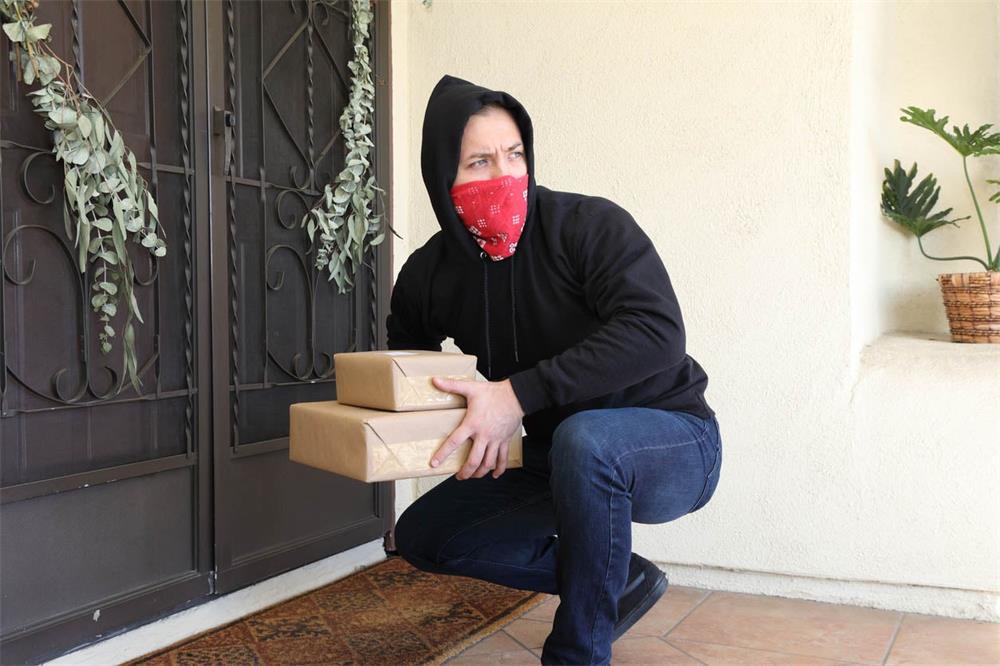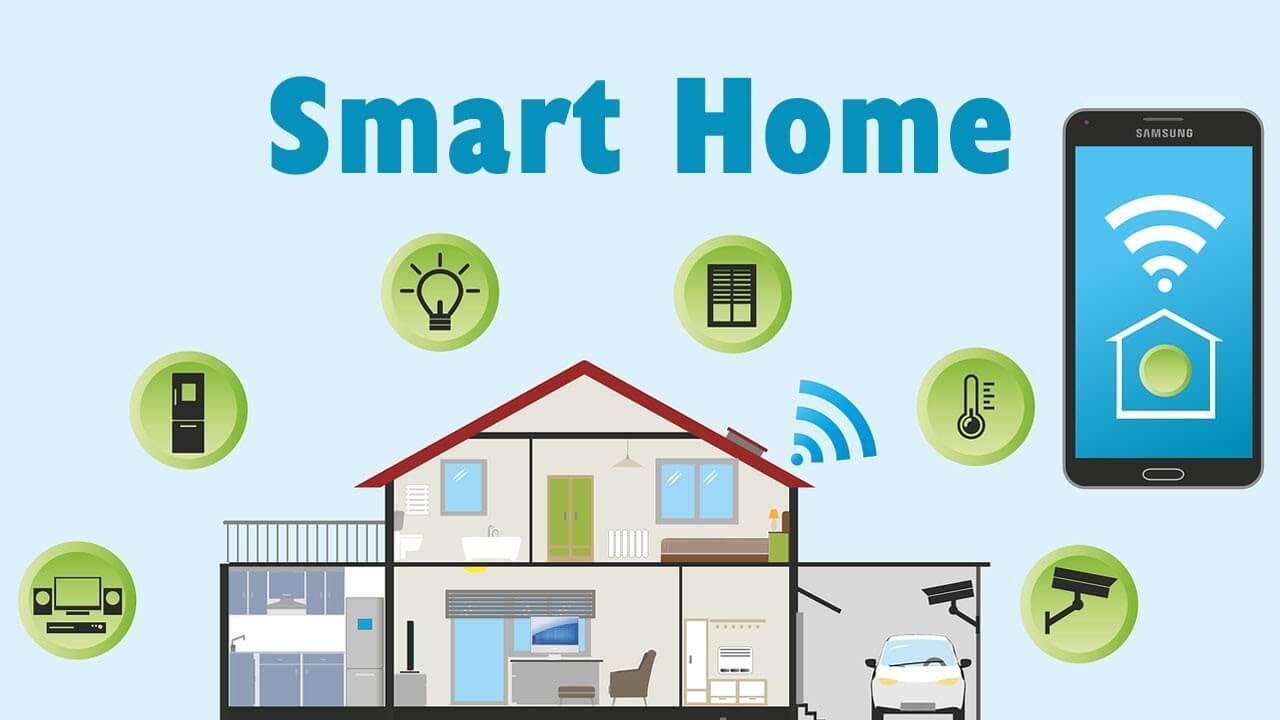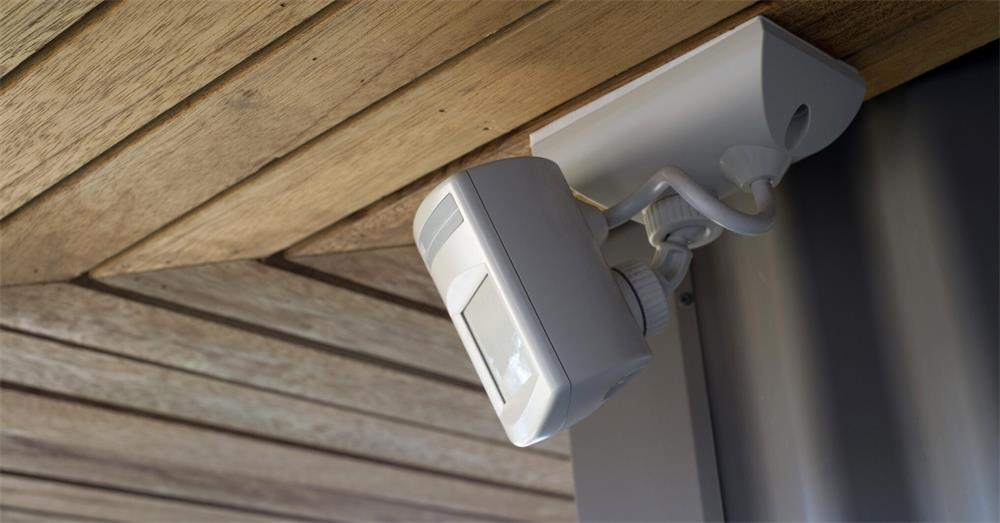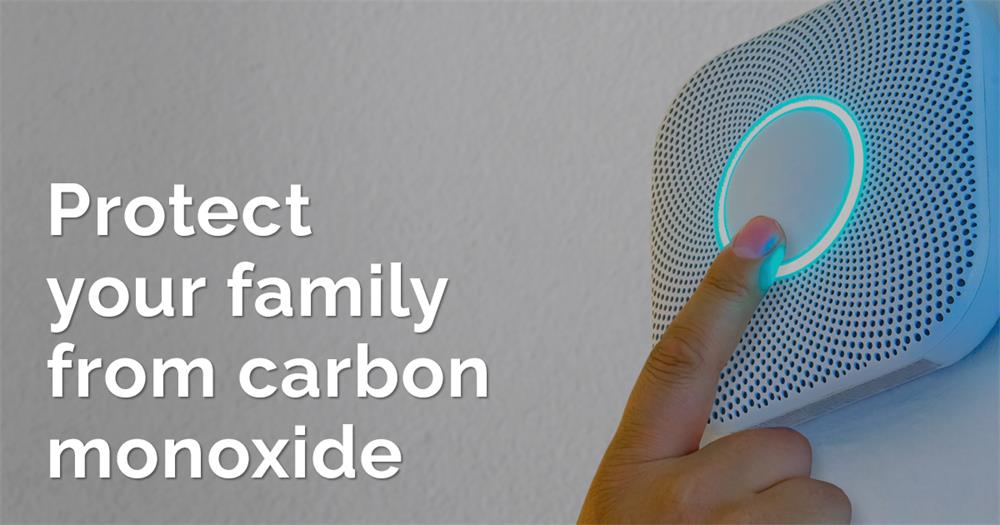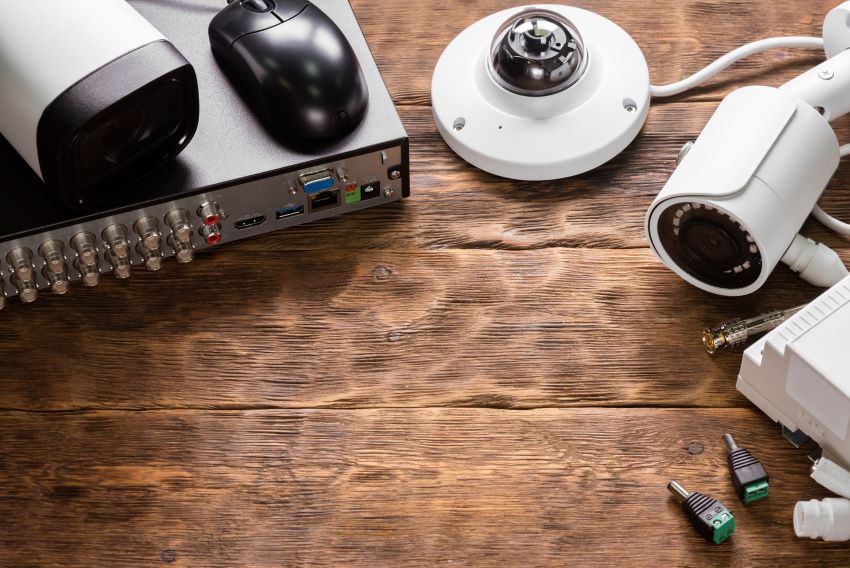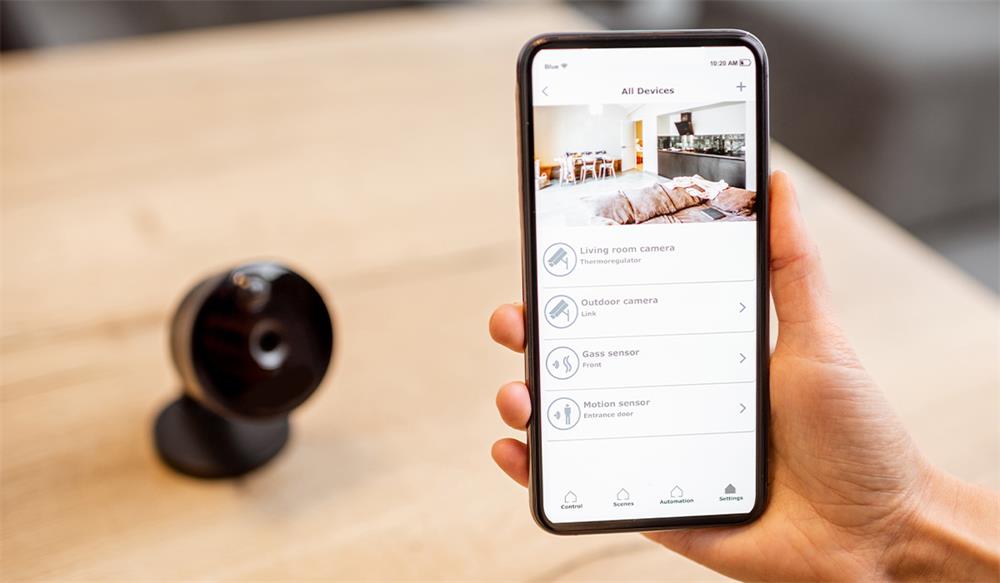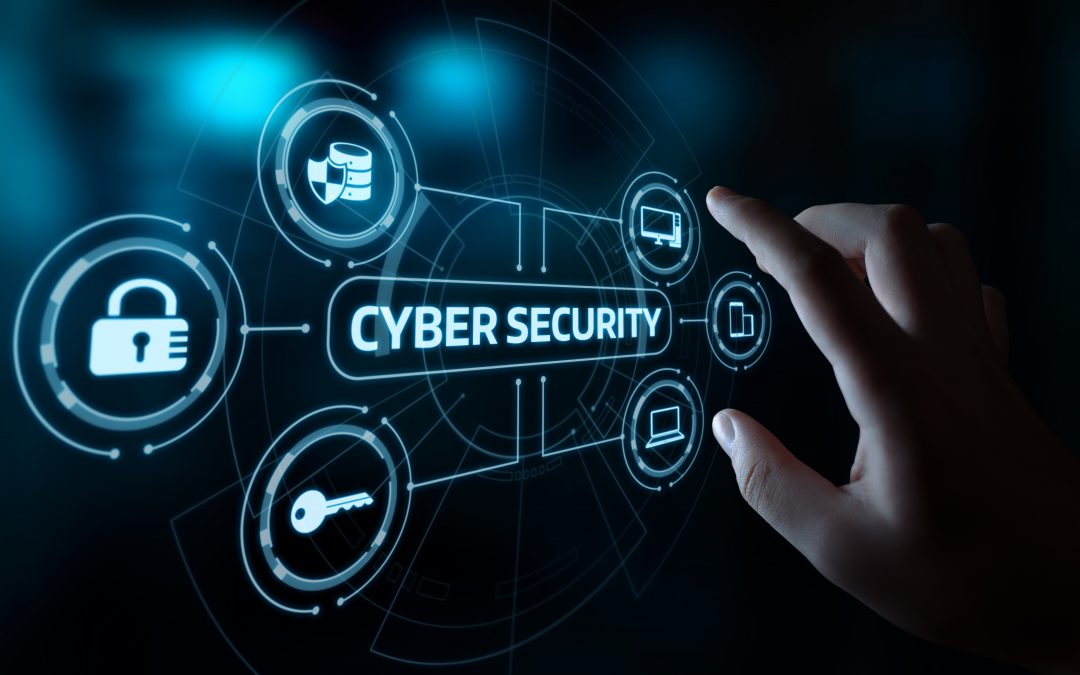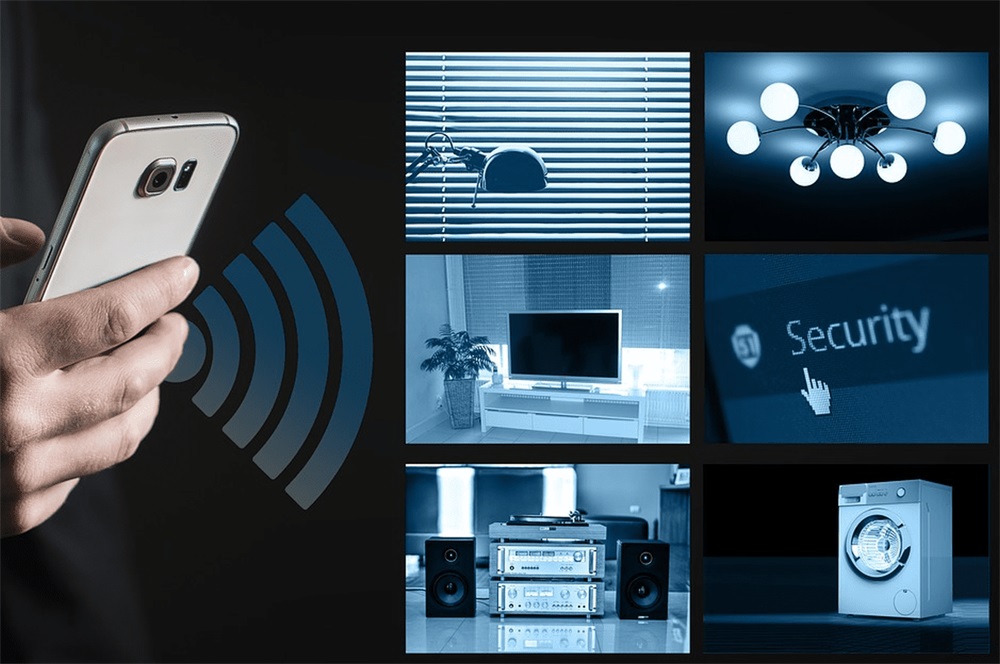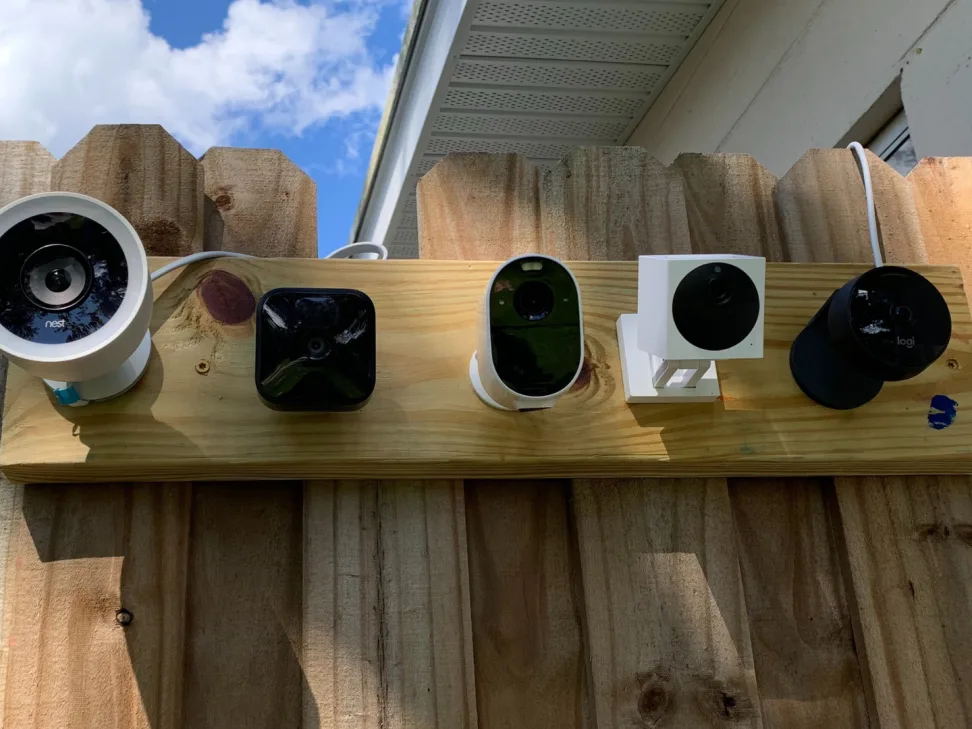Contents
A Brief Overview of Alexa, Google Assistant, and Siri
Alexa, Google Assistant, and Siri are virtual assistants that have become increasingly popular over the past few years. They are designed to make our lives easier by providing us with information, helping us manage our schedules, and even controlling smart devices in our homes. These assistants use voice recognition technology to understand and respond to our commands.
Explanation of How These Virtual Assistants Can Be Used for Home Security
One area where these virtual assistants can come in particularly handy is home security. By connecting them to compatible smart devices in your home, you can control everything from your lights to your front door with just your voice. Not only does this make things more convenient for you, but it also adds an extra layer of security to your home.
For example, imagine you’re going on vacation. With a virtual assistant like Alexa or Google Assistant, you can easily set up routines that simulate occupancy while you’re away.
This might involve turning on lights at certain times of the day or playing music periodically throughout the day. By doing this, you can give the impression that someone is still at home even when no one is actually there.
Similarly, if you hear a noise outside or suspect someone may be trying to break into your home, you can use your virtual assistant to turn on all the lights in your house at once or lock all the doors immediately without having to leave the safety of wherever you are hiding. Overall there are countless ways that Alexa, Google Assistant and Siri can be used for home security purposes – from basic features like turning off lights remotely when going out for a walk at night – down right up until advanced features like setting up motion sensors around exterior doors so they know how many people enter/exit daily; making sure everything stays safe while away during vacations!
The Setup: Getting Your Virtual Assistant Ready for Home Security
Connecting to Compatible Smart Devices
Before you can start using your virtual assistant for home security, you’ll need to connect it to compatible smart devices. This includes things like smart lights, locks, cameras, and more.
Most devices will have their own app that you’ll need to download in order to connect them to your virtual assistant. Once you’ve downloaded the app, follow the instructions for connecting the device.
This will usually involve putting the device into pairing mode and then selecting it from a list of available devices in your virtual assistant’s app. Make sure that both your device and your virtual assistant are connected to the same Wi-Fi network in order for them to communicate with each other.
Enabling Security Features on Your Virtual Assistant
After you’ve connected your smart devices to your virtual assistant, it’s time to enable security features. This will vary depending on which virtual assistant you’re using, but most will have options for setting up things like alarms and reminders.
For example, with Alexa, you can set up routines that turn on lights or play music at specific times of day as a way of simulating occupancy when you’re away from home. You can also use Alexa Guard to detect sounds like breaking glass or smoke alarms and send notifications directly to your phone.
Google Assistant has similar features, including setting up routines based on time of day or location. You can also use Google Nest cameras and Hello doorbells as part of your home security system.
Siri has fewer options available when it comes to home security features but is still able to control compatible smart devices like lights and locks. If you have an Apple HomeKit-compatible smart home system set up already, Siri can be used as an additional layer of convenience when controlling those devices.
Connecting your virtual assistant to compatible smart devices is the first step towards setting up a home security system. Make sure that both your device and your virtual assistant are connected to the same Wi-Fi network in order for them to communicate with each other. Enabling security features on your virtual assistant will give you more control over what happens in your home.
This can include setting up routines that simulate occupancy, using sound detection features, or simply controlling smart devices like lights and locks. Different virtual assistants offer different features when it comes to home security, so be sure to research which one will work best for you and your specific needs.
Using Alexa, Google Assistant, and Siri for Home Security
Basic Security Features:
If you’re just starting to integrate your virtual assistant with your home security system, then the basic security features should be your first stop. These features allow you to control your smart home devices remotely using just your voice.
So whether you’re across the room or across town, you can easily keep tabs on what’s happening at home. One of the most popular basic security features is being able to turn lights on and off remotely.
This can help give the impression that someone is home even when you’re away. You can also use voice commands to lock and unlock doors from anywhere in the house.
And if you forget to set your alarm before leaving for work, no problem! Simply ask your virtual assistant to set a reminder or an alarm so that everything stays secure.
Advanced Security Features:
If you want more advanced security features, then consider setting up motion sensors and cameras around your property. By doing this, you’ll be notified immediately if any activity is detected outside of normal hours or in areas where there shouldn’t be any activity at all. You could even program certain actions based on specific triggers—for instance, having all lights turn on automatically if motion is detected.
Another great feature of advanced security systems is creating routines that simulate occupancy when you’re away from home. For example, setting up a routine that turns specific lights on and off at different times throughout the day makes it look like someone is moving around inside the house even when no one’s there.
Integrating with Other Smart Devices:
Your virtual assistant can also connect with other smart devices for enhanced security measures. For example, connecting with a smart doorbell means that you’ll get notified whenever someone approaches your front door—plus it allows you to see who’s there without even leaving the couch!
You can also integrate your virtual assistant with smoke detectors and carbon monoxide alarms. This is an important feature because it will alert you as soon as any dangerous levels are detected, so you can take action before anything serious happens.
The Bottom Line:
Whether you’re interested in basic or advanced features, integrating your virtual assistant with your home security system is a great way to enhance safety measures at home. With voice commands and simple set-up processes, it’s never been easier to stay in control of what’s going on around your property. Take advantage of these features and enjoy the peace of mind that comes with knowing that your home is secure.
Tips for Maximizing the Use of Your Virtual Assistant for Home Security
Creating Custom Voice Commands to Streamline Tasks
One of the most convenient features of virtual assistants like Alexa, Google Assistant, and Siri is their ability to perform tasks quickly and efficiently with just a voice command. However, did you know that you can create custom voice commands that are tailored to your specific needs?
For example, instead of asking your virtual assistant to turn on all the lights in your home individually, you could create a custom command like “Goodnight” that turns off all lights except for one in the bedroom. To create custom voice commands, simply go into your virtual assistant’s settings and look for options related to creating routines or shortcuts.
From there, you can choose which actions you want your virtual assistant to perform when it hears a particular phrase or word. By taking the time to set up these custom commands, you can save yourself time and hassle while also enhancing your home security measures.
Regularly Checking the Status of Connected Devices
Another important tip for maximizing the use of your virtual assistant for home security is to regularly check on the status of any connected smart devices. This includes things like cameras, motion sensors, door locks, and more. These devices are designed to alert you if they detect any suspicious activity or malfunctions, but they aren’t foolproof.
It’s always a good idea to manually check in on them every once in a while just to make sure everything is working as it should be. To check on connected devices using Alexa or Google Assistant, simply ask “Hey Alexa/Google/Siri, what’s the status of my [device]?” You should receive an immediate response indicating whether everything looks good or if there are any issues that need attention.
In addition to manually checking device status from time to time using voice commands with your virtual assistant, it’s also a good idea to regularly review apps associated with your smart devices. Sometimes you may receive app notifications that aren’t vocalized through your assistant, so keep an eye out for these as well.
Conclusion
Overall, virtual assistants like Alexa, Google Assistant, and Siri can be incredibly helpful tools when it comes to home security. By taking advantage of the features and tips outlined in this article (and more!), you can create a safer and more secure home environment for you and your family. Remember: always stay vigilant when it comes to home security measures.
Virtual assistants are great helpers but they should never be relied upon as the sole source of security measures. Regular maintenance of your connected devices combined with smart habits like locking doors and windows will help ensure that your home is as secure as possible!
Conclusion
Using Alexa, Google Assistant, and Siri for home security can make your life easier and safer. These virtual assistants offer a wide range of features that can help you monitor your home and keep it secure even when you’re not there. From basic security features like turning on lights remotely to advanced features like setting up motion sensors and cameras, these virtual assistants are a valuable tool for any homeowner.
By connecting your virtual assistant to compatible smart devices, you can control them all from one central location. You can set up routines that simulate occupancy when you’re away from home, or check the status of connected devices to ensure they are working properly.
With the ability to create custom voice commands, using these virtual assistants has never been easier. One of the great things about using Alexa, Google Assistant, or Siri for home security is that they are constantly improving.
New features are added regularly that enhance their usefulness in this area. For example, Amazon recently introduced Guard Plus which uses machine learning algorithms to detect sounds associated with smoke alarms and breaking glass.
Integrating your virtual assistant with compatible smart devices can greatly enhance your home security measures. Whether you’re looking for basic or advanced features, there’s something for everyone.
By taking advantage of these tools and staying up-to-date on new developments in this field, you can have peace of mind knowing that your home is safe and secure. So go ahead – give it a try!

